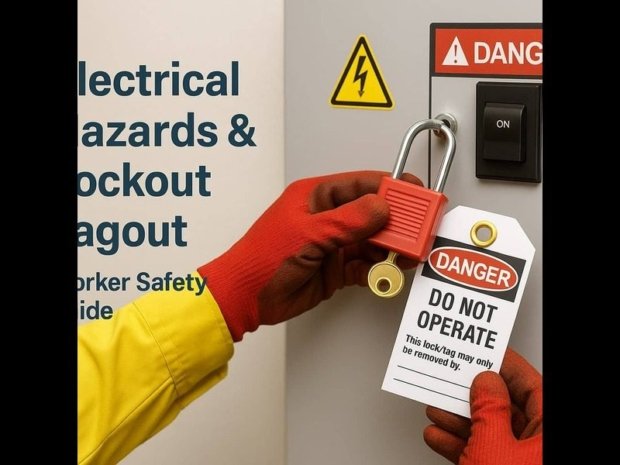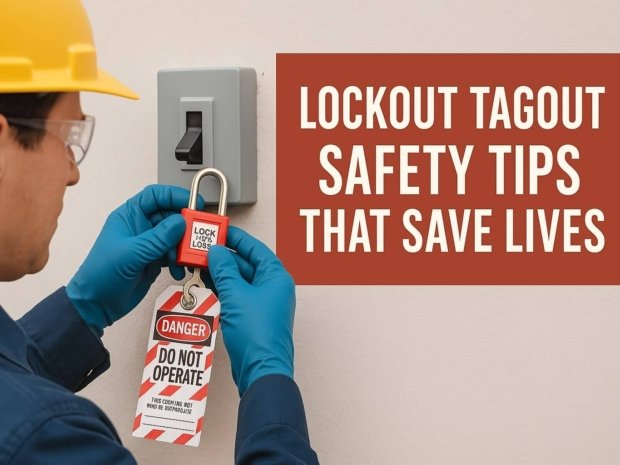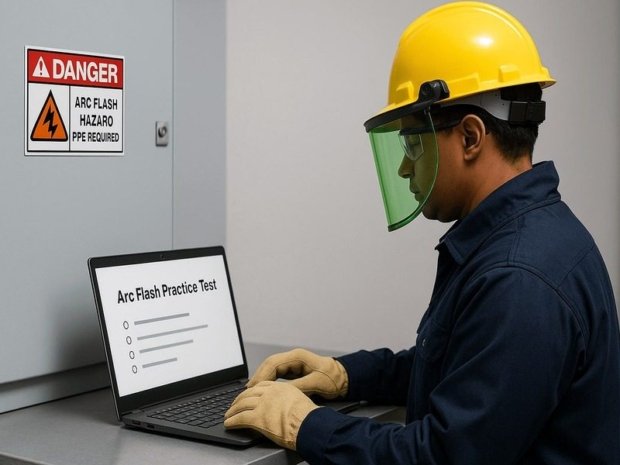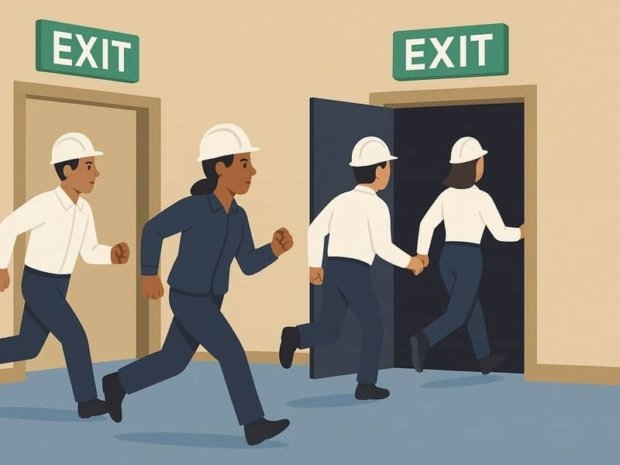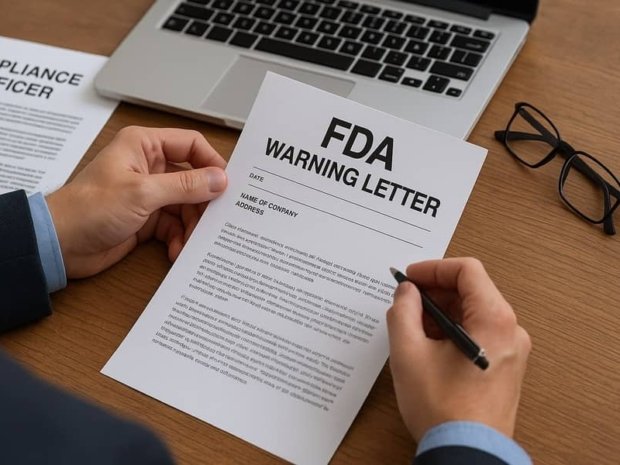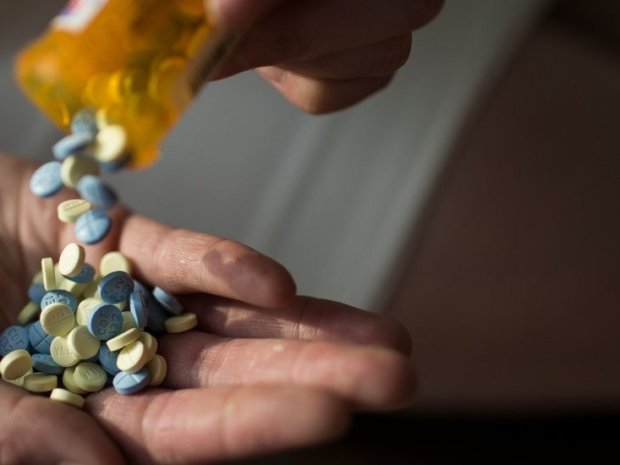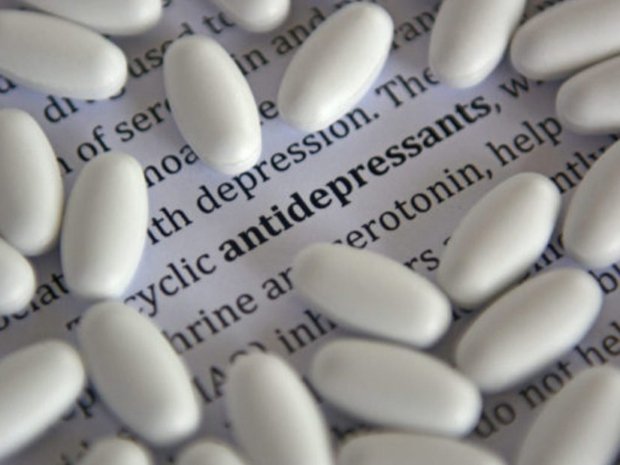Stay safe by understanding top electrical hazards at work and how Lockout/Tagout prevents injuries. Table of Contents Introduction OSHA and Compliance Common Electrical Hazards How LOTO Prevents Injuries Step-by-Step LOTO
Lockout/Tagout Safety Tips to Prevent Workplace Injuries
Practical tips to protect workers from hazardous energy and support OSHA compliance. Safety Guide OSHA 29 CFR 1910.147 · Subpart S Table of Contents Introduction OSHA Context: Why Lockout/Tagout Matters Common Electrical
Electrical Arc Flash Practice Test – Free Quiz
Practice Test - 20 Question Interactive Demo Select or submit your answers. Once marked, answers are locked and cannot be changed unless you refresh the page. Use the score button to tally your results. .vs-card{border:1px solid #e2e8f0;b
Why Workplace Emergency Action Plans Matter for Safety
Clear plans save lives, support OSHA compliance, and build a calm, safety-first culture. ⏱️ Read time: ~6 min • Table of Contents Introduction OSHA and Compliance Context
OSHA Exit Routes and Emergency Plans Explained
Simple guidance to meet OSHA rules and protect workers in real emergencies ⏱️ 8–9 min read | Updated: September 3, 2025 Table of Contents OSHA Standards Overview Exit Routes: What OSHA Requires Emergency Action Plans: Req
FDA Warning Letter Mistakes to Avoid
How to protect compliance, avoid escalation, and respond with confidence ⏱️ 8 min read | Updated: September 2025 Table of Contents The FDA Compliance Context Why Effective Res
Supervisors Prevent OSHA Violations: Safety Guide
Practical actions supervisors can use today to stop common OSHA violations and protect teams. ⏱️ ~7 min read Table of Contents Why supervision matters OSHA context Mini infographic
How to Recognize Substance Abuse in the Workplace: A Step-by-Step Guide for Employees and Managers
Substance abuse in the workplace is not just a personal issue. It directly affects safety, performance, and overall team morale. Many employees and managers are unsure how to identify the warning signs early, leading to bigger risks later. By learnin
The Rising Trend of Prescription Stimulant Misuse: What the Numbers Reveal About Workplace Risks
Prescription stimulants are widely used in the United States for conditions such as ADHD and narcolepsy. However, in recent years, these medications have moved beyond medical necessity and into the realm of misuse. This trend has not only raised publ
OSHA’s Position on Impairment at Work: What Employers Must Know About Depressants
Workplace safety depends on clear thinking, alertness, and the ability to react quickly. When employees are impaired, even for a short time, the risk of accidents rises sharply. This is why the Occupational Safety and Health Administration (OSHA) pay



